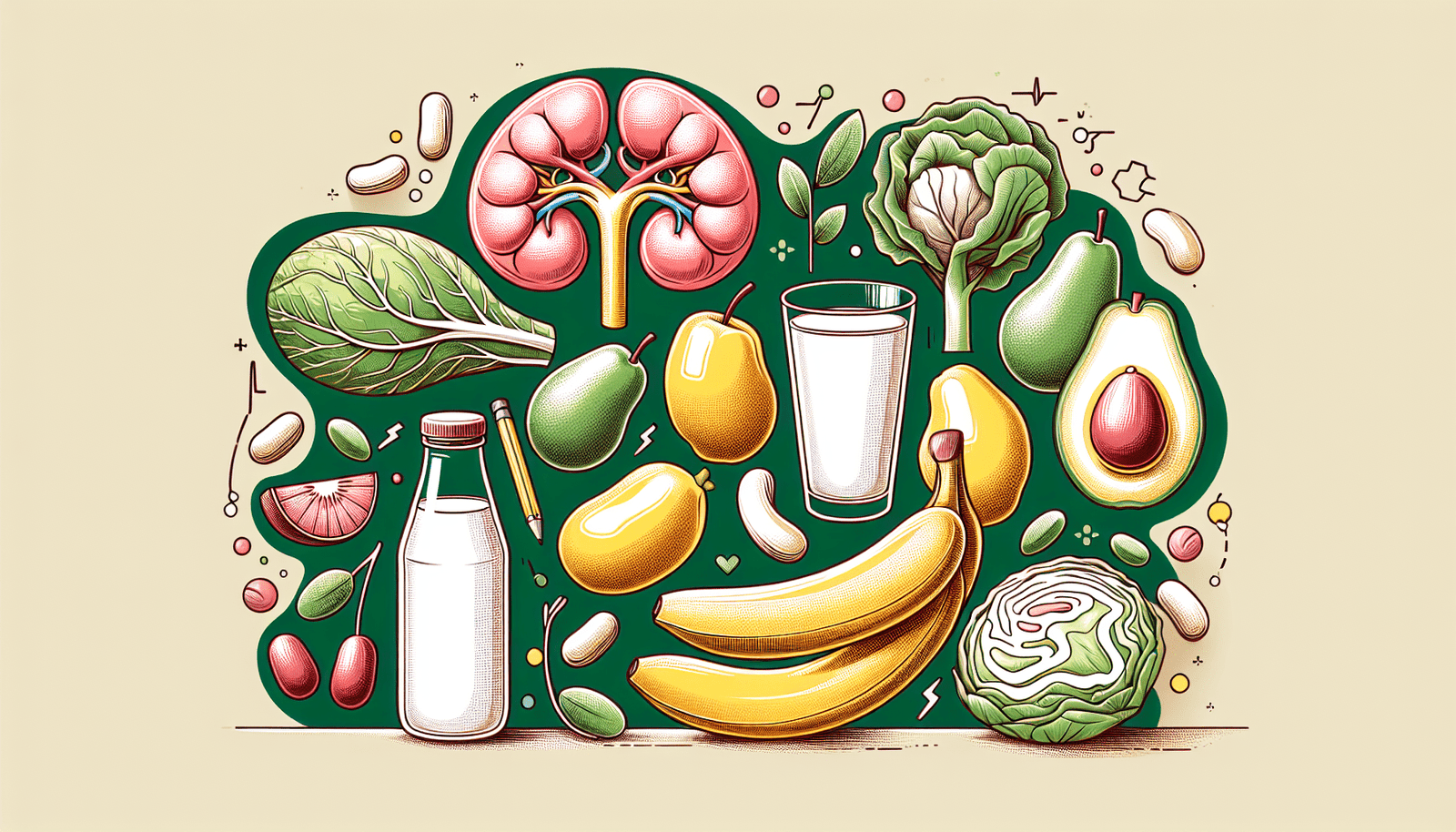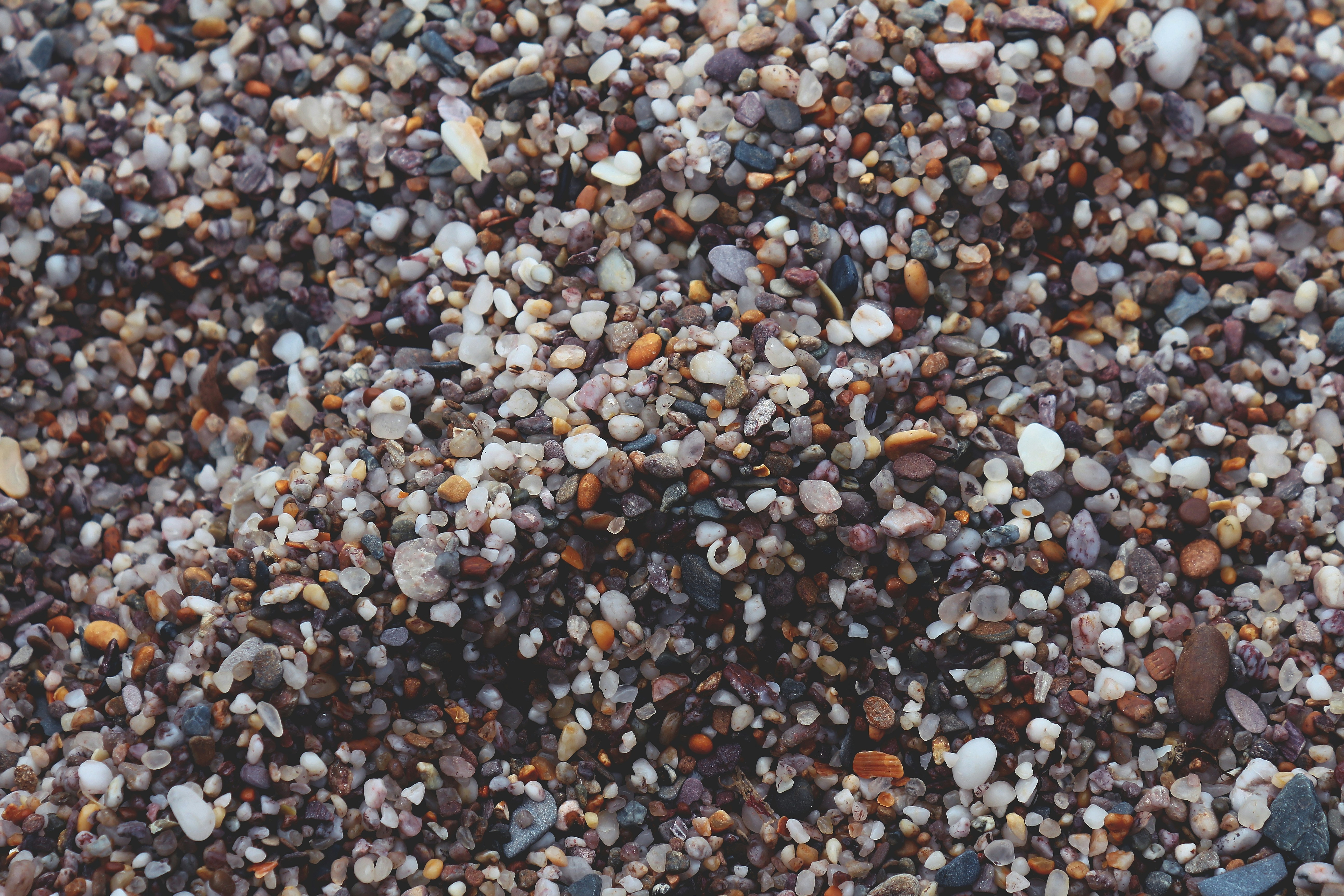If you’ve ever experienced the excruciating pain of kidney stones, you know that prevention is key. And one effective way to reduce your risk of developing kidney stones is by following a low-oxalate diet. But what exactly is a low-oxalate diet? And how can it help in preventing kidney stones? In this article, we’ll explore the ins and outs of a low-oxalate diet, from understanding what oxalate is to learning which foods to avoid and which ones to include in your meals. So sit back, relax, and let’s get started on the journey towards better kidney stone prevention!
What are Kidney Stones?
Kidney stones are hard deposits that form in the kidneys and can cause severe pain and discomfort. They are made up of various substances, such as calcium, oxalate, and uric acid. Kidney stones can vary in size, from tiny grains to larger stones that can block the urinary tract.
Definition and formation
Kidney stones are formed when certain substances in the urine, such as calcium and oxalate, become concentrated and crystallize. These crystals then form solid masses, or stones, in the kidneys. The size and composition of kidney stones can vary, and they can be smooth or jagged in texture.
Types of kidney stones
There are several types of kidney stones, classified based on their composition. The most common types include:
- Calcium stones: These stones are made up of calcium oxalate or calcium phosphate. They are the most common type of kidney stone.
- Uric acid stones: These stones form when there is an excess of uric acid in the urine. They are more common in individuals with gout or certain metabolic conditions.
- Struvite stones: Also known as infection stones, struvite stones are formed due to urinary tract infections caused by certain bacteria. They can grow quickly and become quite large.
- Cystine stones: These stones are rare and are caused by a genetic disorder that affects the kidneys’ reabsorption of cystine, an amino acid.
Understanding the different types of kidney stones is essential for determining the appropriate prevention and management strategies.
Causes of Kidney Stones
Several factors can contribute to the formation of kidney stones. Understanding these causes can help in adopting preventive measures to reduce the risk.
High oxalate intake
Oxalate is a natural substance found in many foods. When consumed in excessive amounts, oxalate can bind with calcium in the urine, leading to the formation of calcium oxalate stones. Foods high in oxalate include spinach, rhubarb, chocolate, and certain nuts.
Low fluid intake
Dehydration and insufficient water intake can increase the concentration of substances in the urine, making it easier for kidney stones to form. It is crucial to stay well-hydrated by drinking an adequate amount of water throughout the day.
Family history
Kidney stone formation often runs in families. If you have a family history of kidney stones, you may be more susceptible to developing them yourself. Genetic factors can influence the body’s ability to metabolize certain substances, increasing the risk of stone formation.
Certain medical conditions
Certain medical conditions can increase the risk of kidney stone formation. Examples include urinary tract infections, inflammatory bowel disease, and conditions that affect calcium or oxalate metabolism, such as hyperparathyroidism.
Medications
Some medications can increase the risk of kidney stone formation. Examples include diuretics, antacids containing calcium, and some antibiotics. It is important to discuss the potential side effects of medications with your healthcare provider.
Understanding Oxalate
Oxalate is a naturally occurring substance found in many plant-based foods. While the body can normally eliminate small amounts of oxalate through the kidneys, excessive intake can lead to the formation of calcium oxalate kidney stones.
Definition and sources
Oxalate is an organic acid found in foods such as spinach, beet greens, peanuts, and tea. It forms with calcium and can create small crystals that may accumulate in the kidneys, leading to stone formation.
How oxalate affects kidney stones
When oxalate levels are high in the urine, it can combine with calcium to form calcium oxalate crystals. These crystals can grow larger over time and contribute to the development of kidney stones. By reducing oxalate intake, the risk of forming new stones can be minimized.
Benefits of a Low-Oxalate Diet
Adopting a low-oxalate diet can have several benefits for kidney stone prevention and management.
Reduced risk of kidney stone formation
By limiting the intake of high-oxalate foods, the concentration of oxalate in the urine can be reduced. This, in turn, reduces the chance of calcium oxalate crystals forming and developing into kidney stones.
Improved management of existing kidney stones
For individuals who have previously experienced kidney stones, following a low-oxalate diet can help prevent the formation of new stones and manage existing ones. By reducing the amount of oxalate in the diet, the risk of future stone episodes can be minimized.
Foods to Avoid on a Low-Oxalate Diet
When following a low-oxalate diet, it is important to be aware of the foods that are high in oxalate and limit or avoid them.
High-oxalate foods to limit or avoid
Certain foods are naturally high in oxalate and should be limited or avoided. Examples include spinach, beet greens, rhubarb, nuts (such as almonds and cashews), chocolate, and tea. These foods can contribute to higher oxalate levels in the urine, potentially increasing the risk of stone formation.
Hidden sources of oxalate
Oxalate can also be found in foods that may not be obvious sources. For example, some fruits and vegetables, such as strawberries and sweet potatoes, contain moderate amounts of oxalate. It is important to be mindful of these hidden sources when following a low-oxalate diet.
Tips for identifying high-oxalate foods
To identify high-oxalate foods, it is helpful to consult a comprehensive list of oxalate content in various foods. These lists can be found online or provided by a healthcare professional. Additionally, keeping a food journal and tracking symptoms can help identify potential triggers and high-oxalate foods.
Foods to Include in a Low-Oxalate Diet
While a low-oxalate diet may limit certain foods, there are still many options available to ensure a balanced and nutritious diet.
Low-oxalate fruits
Some fruits are naturally low in oxalate and can be safely included in a low-oxalate diet. These include apples, bananas, berries (such as blueberries and strawberries), and melons.
Low-oxalate vegetables
Certain vegetables are low in oxalate and can be enjoyed on a low-oxalate diet. Examples include broccoli, cauliflower, kale, lettuce, and bell peppers. It is important to note that cooking methods can affect oxalate content in vegetables, so steaming or boiling may be preferred over raw consumption.
Low-oxalate grains and cereals
Grains and cereals can be a good source of nutrition while following a low-oxalate diet. Low-oxalate options include rice, oats, quinoa, and corn-based products.
Low-oxalate dairy and protein sources
Dairy products and protein sources can be included in a low-oxalate diet, as long as they are low in oxalate. Examples include low-fat milk, cheese, eggs, chicken, fish, and tofu. It is important to read labels and choose products that are not fortified with added calcium or vitamin C, as these can potentially increase the risk of stone formation.
Preparing Low-Oxalate Meals and Snacks
Following a low-oxalate diet does not mean sacrificing taste or variety. There are many ways to prepare delicious and satisfying low-oxalate meals and snacks.
Healthy cooking methods
To minimize oxalate content in foods, certain cooking methods can be preferred. For vegetables, steaming or boiling is recommended. Roasting or sautéing can also be enjoyed, as long as high-oxalate ingredients are avoided. Using herbs, spices, and low-oxalate seasonings can add flavor to the dishes.
Recipe ideas and substitutions
There are numerous low-oxalate recipe ideas available online or in cookbooks specifically tailored for kidney stone prevention. These recipes often provide alternatives and substitutions for high-oxalate ingredients, allowing individuals to enjoy their favorite meals while adhering to a low-oxalate diet. Experimenting with new ingredients can also make the diet more enjoyable and diverse.
Other Dietary Considerations for Kidney Stone Prevention
In addition to following a low-oxalate diet, there are other dietary considerations that can help prevent the formation of kidney stones.
Importance of hydration
Staying well-hydrated is crucial for preventing kidney stone formation. Drinking an adequate amount of water throughout the day dilutes the urine and reduces the concentration of substances that can contribute to stone formation. Aim for at least 8 cups of water per day, or more if recommended by a healthcare professional.
Role of calcium intake
Contrary to popular belief, calcium intake is important for kidney stone prevention. Consuming adequate amounts of calcium from low-oxalate sources can actually help reduce the risk of kidney stone formation. It is essential to work with a healthcare professional or registered dietitian to determine the appropriate daily calcium intake for individual needs.
Sodium restriction
A high-sodium diet can increase the amount of calcium excreted in the urine, potentially leading to the formation of kidney stones. Limiting sodium intake can help prevent this. It is important to read food labels and avoid processed and packaged foods that are high in sodium.
Moderating protein intake
Excessive protein intake, particularly from animal sources, can increase the excretion of substances that contribute to kidney stone formation. It is important to consume protein in moderation and include a mix of plant-based and lean animal-based protein sources in the diet.

Consulting a Healthcare Professional
When considering any dietary changes or management strategies for kidney stone prevention, it is crucial to consult with a healthcare professional.
Importance of medical advice
Every individual is unique, and the underlying causes and risk factors for kidney stone formation can vary. Seeking medical advice from a healthcare professional, such as a physician or registered dietitian, can help determine the most appropriate dietary recommendations and overall management plan.
Working with a registered dietitian
A registered dietitian can provide personalized guidance and support for individuals following a low-oxalate diet. They can help create a well-rounded meal plan, offer substitution suggestions, and monitor progress over time. Working with a registered dietitian ensures that dietary recommendations align with individual needs and goals.
Tips for Successful Low-Oxalate Diet
Adopting a low-oxalate diet can be challenging at first, but with some strategies and support, it can be a successful long-term approach for kidney stone prevention.
Gradual implementation
Instead of making drastic changes overnight, it can be helpful to gradually implement a low-oxalate diet. Start by identifying high-oxalate foods and gradually replacing them with low-oxalate alternatives. This approach allows for a smoother transition and makes it easier to stick to the diet.
Food journaling and tracking
Keeping a food journal and tracking symptoms can be valuable tools for identifying high-oxalate foods and potential triggers. By recording food intake, symptoms, and overall well-being, patterns and associations can be recognized. This information can then be used to make necessary adjustments to the diet.
Seeking support from others
Seeking support from friends, family, or online communities can make the journey of following a low-oxalate diet more manageable. Connecting with others who have similar experiences can provide motivation, recipe ideas, and a sense of community.
Monitoring progress and adjustments
Regularly monitoring progress and making adjustments as needed is essential for maintaining a successful low-oxalate diet. Periodic check-ins with a healthcare professional or registered dietitian can help assess the effectiveness of the diet, make necessary changes, and track long-term progress.
In conclusion, a low-oxalate diet can be an effective approach for kidney stone prevention and management. By understanding the causes of kidney stones and the role of oxalate in their formation, individuals can make informed decisions about their dietary choices. With the guidance of healthcare professionals and the implementation of strategies for successful adherence, a low-oxalate diet can reduce the risk of kidney stone formation and contribute to overall kidney health.





